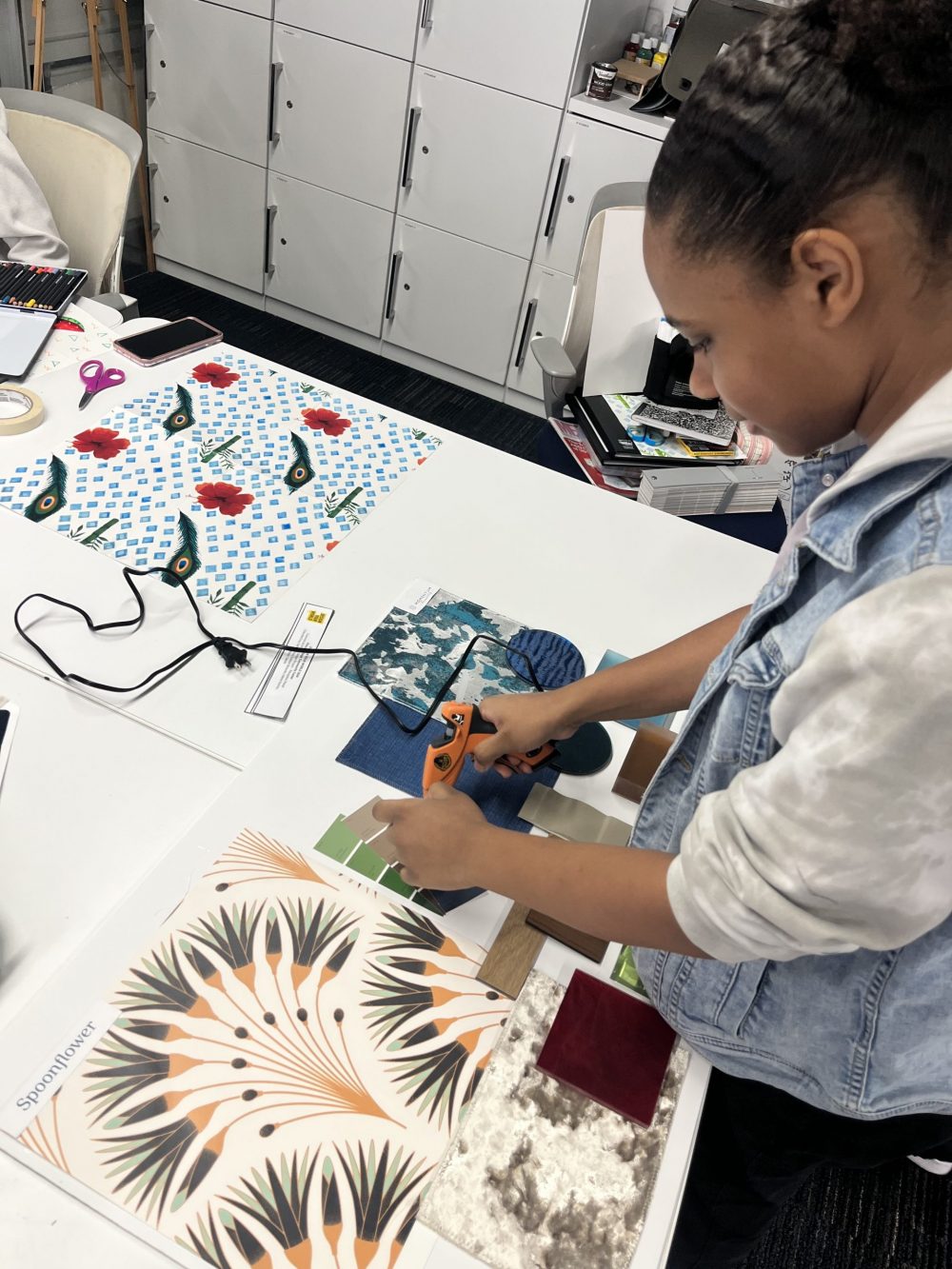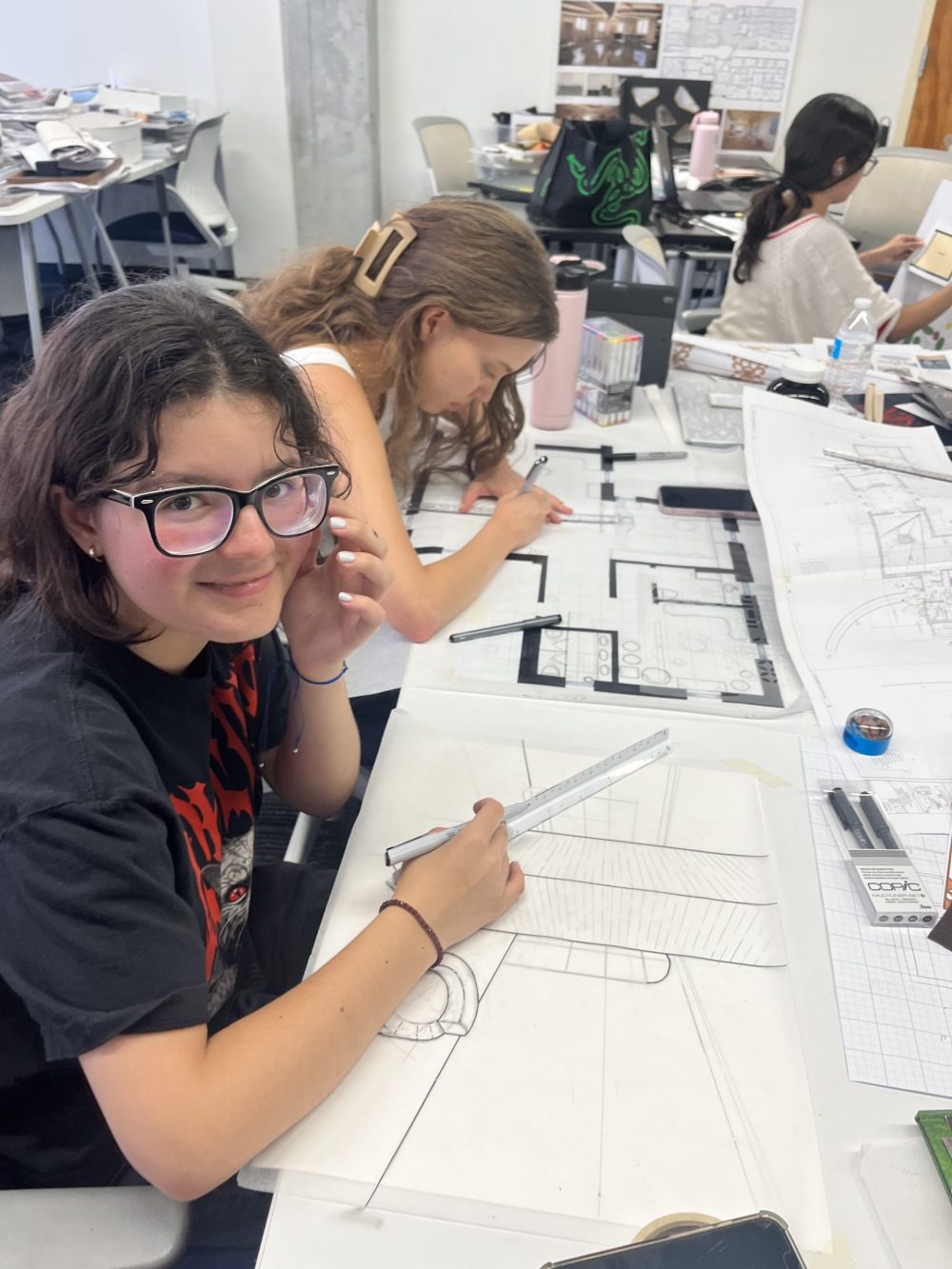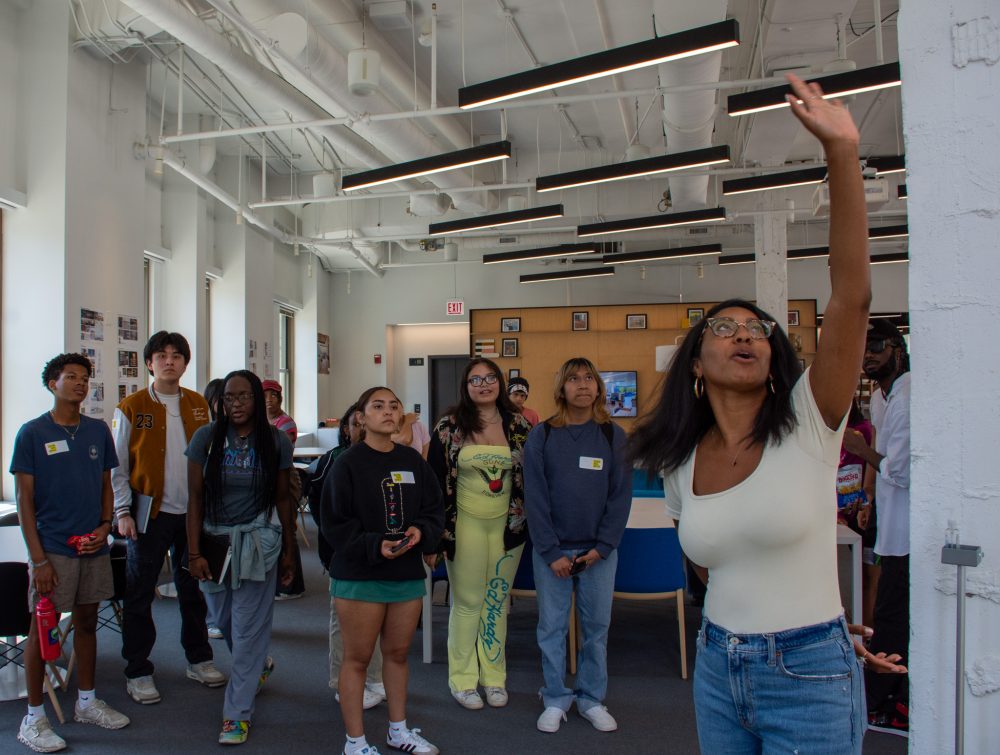Cheryl Durst, Executive Vice President and CEO at IIDA, spoke with the youngest generation in the workforce and provides what design elements drive their productivity and engagement.
They just don’t get enough credit. Gen Z and Gen Alpha are formidable young people, reshaping culture and with it, our world. They’ve got cool slang, they know what they want at work and they wield financial influence.
Common sense tells us they’re sure to shake up the design world as well.
Members of Gen Z were born during the late 1990s and early aughts, and Gen Alpha were born, or will be, between 2010 and 2025. Fun fact: Generation Alpha, the children of Millennials, is projected to reach over 2 billion globally, making it one of the largest — and most influential — consumer groups in history. They’ve grown up with technology baked into their daily lives, making seamless integration with tech second nature to them. Add in a world that’s hyper-focused on innovation and climate awareness, and you get a generation that values eco-conscious, adaptive and highly personalized spaces that spark creativity, connection and well-being.

To better understand the needs and preferences of Gen Z and Gen Alpha, I chatted with Sarah Myonne-Hollis, an interior design student at Morgan State University and a former participant in Design Your World, IIDA’s education pathway program to foster equity in the design field. From virtual reality’s potential to revolutionize design to the power of simplicity, Myonne-Hollis — a young member of Gen Z not far from the oldest members of Alpha — had plenty of insights into what resonates with her generation, and what’s likely to resonate with generations to come. Here are five key takeaways from our conversation that can help designers create spaces that appeal to younger generations.
1. Keep it chill: Simple, relaxing spaces work best.
Young people gravitate toward simpler, streamlined designs that exude a relaxing vibe, says Myonne-Hollis. “Not exactly minimalist, but clean and easily maintained.” Think chill and inviting rather than polished and perfect. According to research from international design firm BHDP, Gen Alpha is drawn to spaces that allow small-group socializing, tech integration, and holistic wellness — put another way, environments that balance comfort, functionality, and closeness with chosen people. In a world that often feels overstimulating, calming, well-designed spaces can help foster a sense of well-being while accommodating younger generations’ tech-integrated lifestyles.

2. Spaces should encourage socializing — and movement.
Younger people lean into “the built environment to socialize with our friends and family,” says Myonne-Hollis. Whether that’s “taking walks through the city, hanging with friends at the park, or taking pictures with beautiful backgrounds.” Spaces designed for easy interaction — with modular, customizable elements — are essential for fostering creativity and collaboration. By integrating features that encourage gathering and activity, designers can create environments with lasting appeal.

3. When possible, work in augmented and virtual reality.
For younger generations, augmented and virtual reality tools aren’t just futuristic perks; they’ll likely be an expectation. According to research from architecture and design firm Corgan, Gen Alpha is growing up with responsive technology that immediately responds to their needs. Their facility with interactive, intuitive tech tools, their comfort with digital worlds and their ability to rapidly consume information means augmented and virtual reality are a logical next step in their daily lives and in the designed spaces they inhabit.

4. Offer opportunities for young people to engage with space on their terms — and meet them where they’re at (online).
“Older generations tend to think that we don’t take the time to appreciate the spaces that we are in,” says Myonne-Hollis. “Truly, I believe that we just process things much faster and in different ways.” She notes that younger generations often express appreciation differently than older people might — through photos, videos, and social media posts. Their immersion in digital tools has transformed how they process and share the world around them; they often favor visual and experiential mediums and experience spaces in dynamic ways. It’s a reimagined take on savoring the moment. Designers could account for this, say, by working in digital touches to engage end users and amplify their online presence.
5. Casual, quiet spaces drive comfort, creativity and productivity.
The places where many young people feel most comfortable and productive are “quiet, casual, open spaces — like cafes, libraries, or lounges,” says Myonne-Hollis. “Overly loud or heavily decorated spaces can be distracting or overstimulating.”
Young people’s digital environments are vast, overpopulated, and “noisy,” with lots of information coming at them from various, sometimes conflicting sources. Their physical spaces should be the opposite, encouraging quiet, mindfulness and pockets of peace.
The bottom line? Designing for Generation Z and Alpha is more than just keeping up with the latest trends; it’s about tapping into how tech-savvy, wellbeing-conscious generations connect with the world. Their preference for inclusivity, personalization, and innovation shapes the way they engage with spaces, making it essential to create environments that feel like natural extensions of their lifestyles — intuitive, adaptable and uniquely their own.
Design, like people, is constantly evolving. As Gen Z and Alpha continue to grow and gain prominence, their influence on the design world will keep pushing us all to think bigger, design smarter and create with intention.


